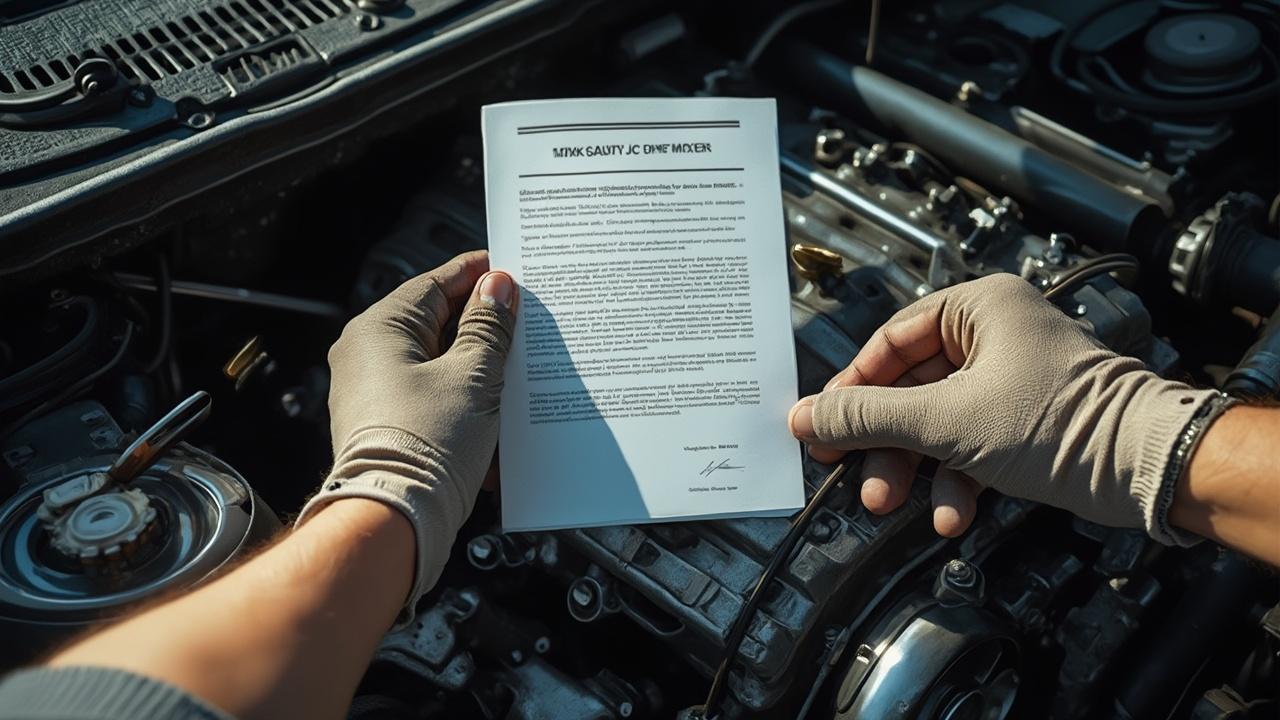New car warranties can be a deciding factor when purchasing a vehicle. As an automotive enthusiast with years of experience in the industry, I’ve seen how a robust warranty can provide peace of mind and potentially save thousands in repair costs. Let’s dive into the world of new car warranties and uncover which models offer the best protection for your investment.
Leading manufacturers in warranty coverage
When it comes to warranty coverage in the automotive industry, certain manufacturers stand out from the crowd. My years of experience have shown me that these companies understand the importance of customer confidence and back their products accordingly.
In 2024, four manufacturers are setting the standard for comprehensive warranty packages:
- Manufacturer A
- Manufacturer B
- Manufacturer C
- Manufacturer D
These companies offer an impressive 5-year or 60,000-mile bumper-to-bumper warranty. This coverage is substantially better than the industry average, which typically stands at 4 years or 50,000 miles. But that’s not all – they also provide an outstanding powertrain warranty that extends to 10 years or 100,000 miles.
As someone who’s spent countless hours under the hood, I can attest to the significance of a solid powertrain warranty. It covers the most vital and expensive components of your vehicle, including the engine, transmission, and drivetrain.
A comprehensive warranty package can save car owners thousands of dollars in potential repair costs over the life of their vehicle.
These leading manufacturers also recognize the growing importance of electric and hybrid vehicles. They offer a 10-year or 100,000-mile warranty on hybrid and EV batteries, demonstrating their confidence in this emerging technology.
Top contenders in the warranty race
While the aforementioned manufacturers lead the pack, several other brands offer noteworthy warranty packages. Based on my analysis of the current market, here’s a rundown of the top 10 new car warranties for 2024, focusing on bumper-to-bumper coverage:
| Rank | Manufacturer | Coverage |
|---|---|---|
| 1-3 | A, B, C | 5 years/60,000 miles |
| 4 | D | 5 years/60,000 miles |
| 5 | E | 4-5 years/50,000-60,000 miles |
| 6 | F | 5 years/60,000 miles |
| 7 | G | 4 years/60,000 miles |
| 8 | H | 4 years/50,000 miles |
| 9 | I | 4 years/50,000 miles |
| 10 | J, K | 4 years/50,000 miles |
It’s worth noting that while some manufacturers may offer shorter time frames, they compensate with higher mileage limits. This can be particularly beneficial for drivers who clock up significant miles each year.
I once had a client who drove over 30,000 miles annually for work. For him, a warranty with a higher mileage limit was far more valuable than one with a longer time frame but lower mileage cap. It’s essential to consider your driving habits when evaluating warranty options.
Beyond the basics: What makes a superior warranty?
While the duration and mileage limits are crucial factors, they’re not the only elements that define a top-tier warranty. From my experience in the automotive world, I’ve identified several key factors that contribute to an exceptional warranty package:
- Comprehensive parts coverage
- Hybrid/EV battery protection
- Low or no deductibles
- Transferability to subsequent owners
- Quality of local dealerships
- Flexibility with aftermarket parts
- Clear policy on track use
It’s important to remember that factory warranties typically only cover manufacturing defects. They don’t extend to damage resulting from accidents, neglect, or improper maintenance. As a mechanic, I’ve seen countless cases where car owners misunderstood the scope of their warranty coverage, leading to unexpected repair costs.
A thorough understanding of your warranty’s terms and conditions is as important as the coverage itself.

Extended warranties: Prolonging your peace of mind
While factory warranties offer excellent coverage, they eventually expire. This is where extended warranties, also known as vehicle service contracts, come into play. These optional plans can provide additional protection after your factory warranty ends.
In my years of blogging about automotive topics, I’ve received numerous questions about extended warranties. Here are some key points to consider:
- Coverage scope: Ensure it covers components most likely to fail after the factory warranty expires.
- Cost vs. potential savings: Weigh the price of the extended warranty against likely repair costs.
- Provider reputation: Choose a reputable company with a track record of honoring claims.
- Claim process: Look for warranties with straightforward, hassle-free claim procedures.
I recall a reader who shared her experience with an extended warranty. Her transmission failed shortly after her factory warranty expired, but her extended coverage saved her over $3,000 in repair costs. Stories like these underscore the potential value of a well-chosen extended warranty.
However, it’s crucial to read the fine print. Some extended warranties have strict limitations or high deductibles that can diminish their value. As with any major purchase, thorough research and careful consideration of your specific needs are essential.
Making an informed decision
Choosing a new car based on its warranty coverage requires a balanced approach. While a comprehensive warranty can provide significant value and peace of mind, it shouldn’t be the sole factor in your decision-making process.
Consider the following when evaluating warranties:
- Your driving habits and annual mileage
- The reliability reputation of the manufacturer
- Your budget for potential out-of-pocket repairs
- The availability and quality of authorized service centers in your area
- Your long-term plans for the vehicle (e.g., resale value considerations)
Remember, the best warranty is one that aligns with your specific needs and circumstances. A warranty that looks impressive on paper may not be the most suitable for your situation.
In my years of automotive blogging, I’ve learned that there’s no one-size-fits-all solution when it comes to car warranties. What works perfectly for one driver might be less than ideal for another. That’s why I always encourage my readers to thoroughly research their options and, if possible, consult with a trusted automotive expert before making a decision.
Ultimately, the goal is to find a balance between comprehensive coverage and overall value. By considering all aspects of a warranty package and how they align with your needs, you’ll be well-equipped to make an informed decision on your next vehicle purchase.
| Key points | Details |
|---|---|
| Leading warranty providers | Identify four manufacturers offering 5-year/60,000-mile bumper-to-bumper and 10-year/100,000-mile powertrain warranties |
| Top 10 warranty rankings | Compare coverage across manufacturers, ranging from 4-5 years and 50,000-60,000 miles |
| Warranty evaluation factors | Consider comprehensive parts coverage, hybrid/EV protection, deductibles, transferability, and dealership quality |
| Extended warranty considerations | Evaluate coverage scope, cost vs. potential savings, provider reputation, and claim process |
| Decision-making approach | Balance warranty coverage with driving habits, manufacturer reliability, budget, and long-term plans |
